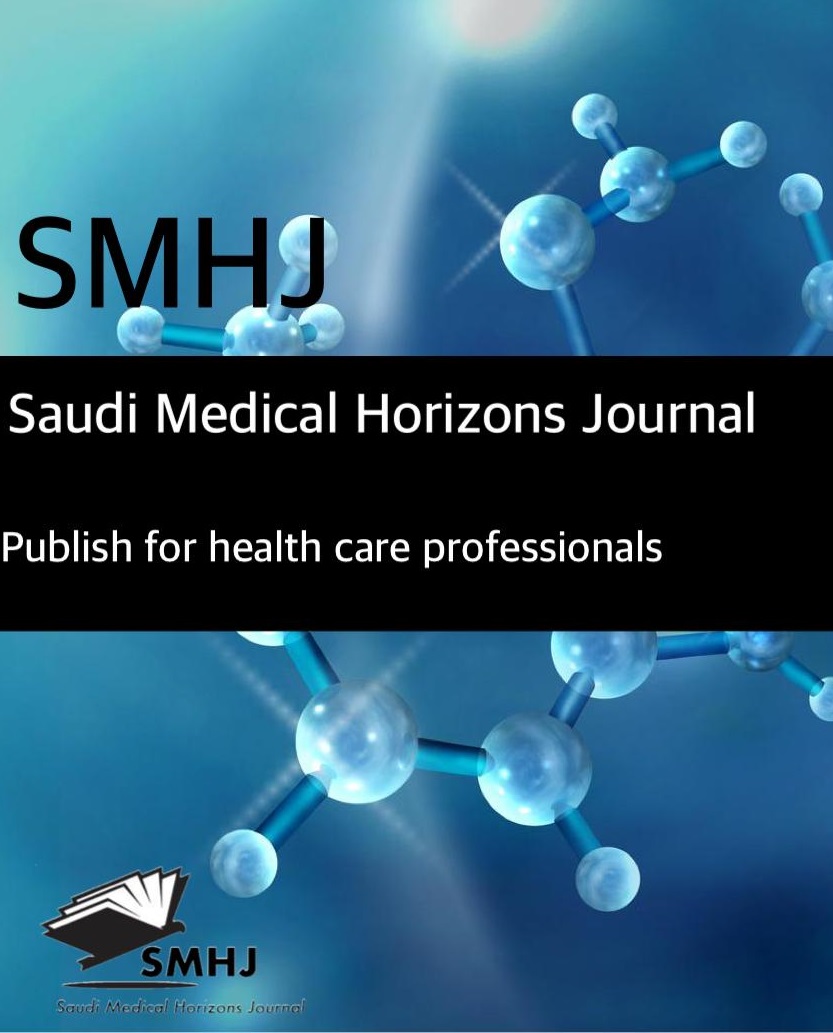Coffee Consumption and Sleep Quality: A Cross-Sectional Study among Saudi Adults
DOI:
https://doi.org/10.54293/smhj.v4i3.112Keywords:
Caffeine, Coffee, Sleep quality, Stimulants, Saudi Arabia.Abstract
Background: Caffeine is one of the most commonly consumed stimulants in Saudi Arabia. We aim to examine the relationship between caffeine consumption and sleep quality among individuals residing in Saudi Arabia.
Methods: This is a cross-sectional study using the Pittsburgh Sleep Quality Index (PSQI). Data was collected through social media platforms such as WhatsApp, Twitter, LinkedIn, and Facebook. The study included adults 18 years and older who reside in Saudi Arabia. Descriptive statistics were performed to examine the population characteristics, and the logistic regression model was used to examine the association between caffeine consumption and sleep quality.
Results: A total of 636 respondents participated in the study. Nine out of ten respondents reported consuming caffeine (90%). The respondents were predominately aged 30 to 44 (52.04%), females (63.11%), married (62.89%), and overweight/obese (60.47%). Around two-thirds were Saudi nationals (69.68%). More than half of the respondents reported a good quality sleep score (56.88%). In multivariate analysis adjusted for potential confounders, body mass index was the only statistically significant demographic predictor for sleep quality. Overweight/obese respondents had a statistically significantly lower sleep quality score mean than non-overweight/obese respondents (coefficient -0.48; P-value 0.05).
Conclusion: Caffeine consumption was highly prevalent among Saudis; however, it was not associated with poor sleep quality. On the contrary, those with high body mass index, particularly in obese individuals, were significantly associated with poor sleep quality. Caffeine consumers have to monitor their caffeine consumption carefully and set a daily consumption limit for themselves.
Downloads
Published
How to Cite
Issue
Section
License
Copyright (c) 2024 Saudi Medical Horizons Journal

This work is licensed under a Creative Commons Attribution 4.0 International License.



